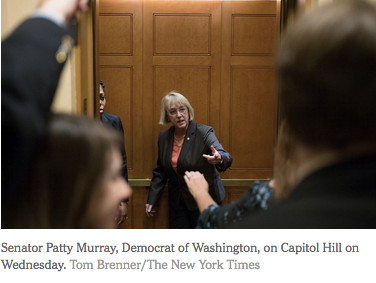In April, the president accused Democrats of wanting to “bail out insurance companies from disastrous #ObamaCare.” In July, he threatened to end “BAILOUTS for Insurance Companies” if Congress did not repeal and replace the Affordable Care Act. And in a speech Tuesday night to the conservative Heritage Foundation, Mr. Trump urged Congress to “find a solution to the Obamacare mess instead of providing bailouts to insurance companies.”
But his use of the word is misleading.
“Bailout” typically refers to financial assistance offered to prevent the bankruptcy of a company or industry. The 2008 Troubled Asset Relief Program (which Mr. Trump largely supported) was a bailout because it provided $700 billion for the Treasury Department to buy troubled securities from banks that were at risk of collapse.
The funds Mr. Trump now refers to, on the other hand, are more accurately characterized as a reimbursement that the government pays to the insurance companies. It is done not to save the companies from financial ruin — unlike the banks in 2008, they are not in danger of failing — but to cover the cost of cheaper health care for low- and moderate-income Americans.




